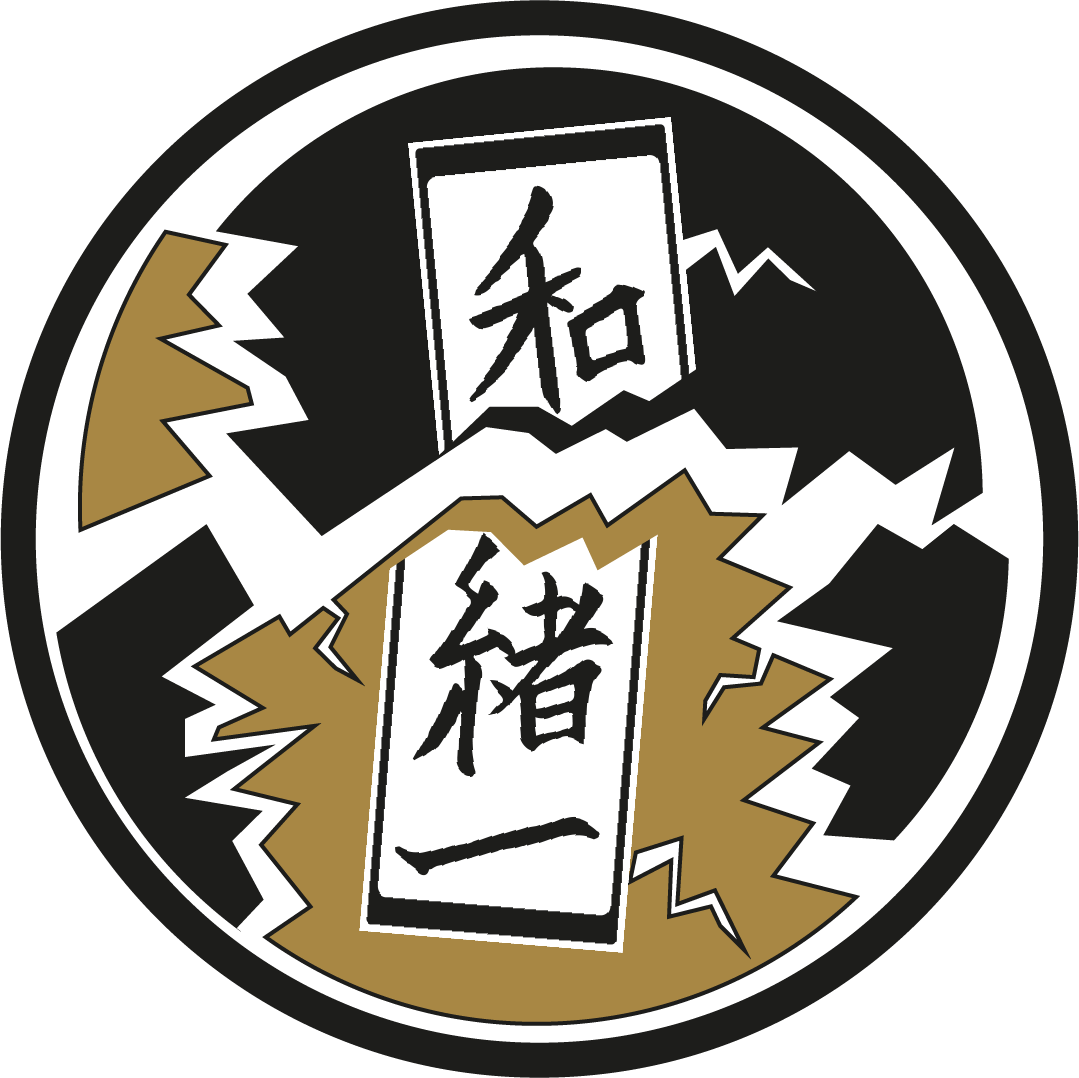Why an Apple Can Be Considered Blue: the Concept Behind ‘aoi’
We can probably all agree that the apple shown in the picture is not red or yellowish – it’s green. But it’s definitely not blue, right?! Still, in Japanese the colour of this apple can be described as 青い aoi ‘blue’. No, the eyes of Japanese speakers don’t work differently. This phenomena only came into existence because nowadays aoi is mainly translated as ‘blue’. If we take a look at the dictionary though, blue isn’t the only colour aoi refers to: it also includes the concepts of green and gray. So the fact that 青い aoi actually stands for several colours – but nowadays is mainly used to represent the colour blue – led to this confusing phenomena of a blue apple. Confusing of course mainly for non-native speakers, who are not aware of the meaning that lies behind aoi. Besides apples, the green traffic light or green vegetables can also be described as aoi.
The Japanese term for ‘green’ is midori 緑, but compared to aoi, it hasn’t been in use for that long yet. Green was simply considered a shade of blue (not a colour in its own right), therefore there was no need for its own term. In other words: 青い aoi as a concept refers to a colour spectrum, not different individual colours. But then again, we still need to name these individual colours in order to explain the concept of aoi.
After World War II, a more strict distinction between green and blue has been established through the educational system. So, if an apple is described as blue, a trace of the linguistic past of the concept of aoi is showing.
Written by Jannick Scherrer

